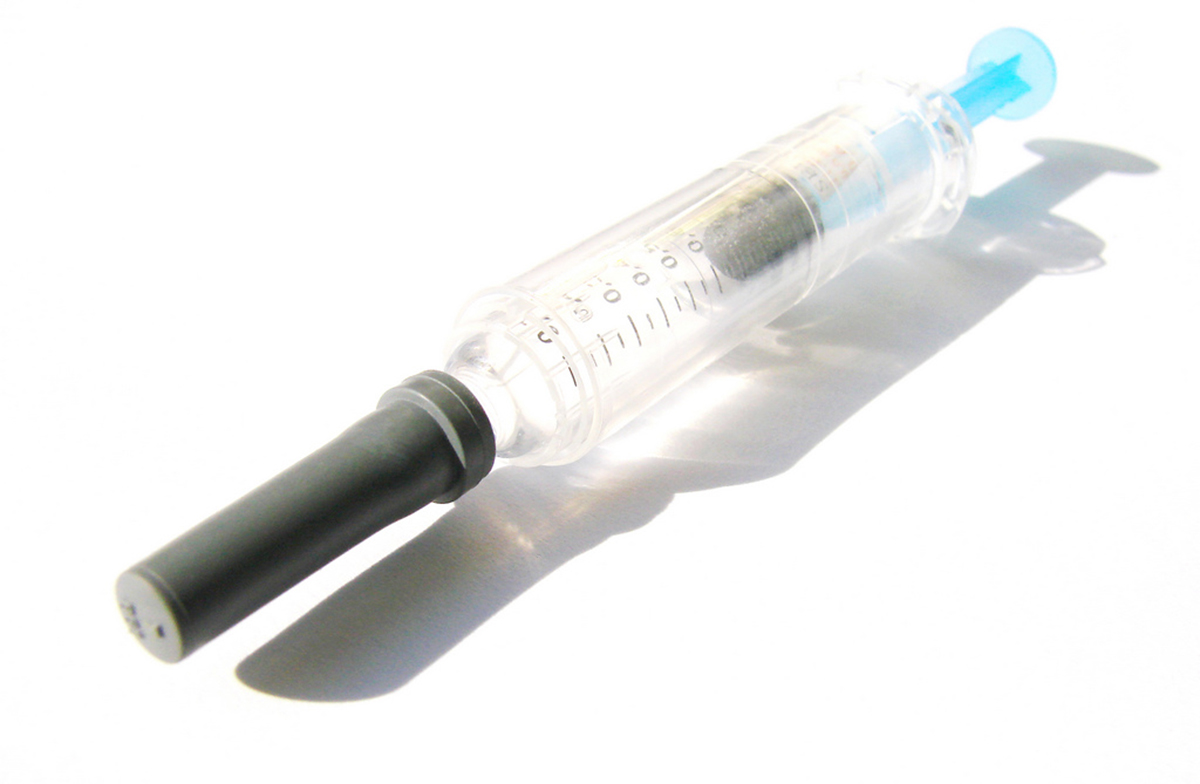Table of Contents
There are several groups of anticoagulants, and each has a different mechanism of action! Some of the most commonly used are drugs such as heparin and coumarin.

This group of medications is usually administered to patients with myocardial infarction, venous thrombosis, peripheral arterial emboli and pulmonary emboli. Therefore, anticoagulants are not only extremely useful, but lifesaving because they are used to prevent transient ischemic attacks and to reduce the risk of recurrent myocardial infarction.
Overview of coagulation
Coagulation, also known as blood clotting, is a complex physiological process that prevents excessive bleeding when blood vessels are injured. It involves a series of tightly regulated reactions that lead to the formation of a stable blood clot at the site of injury. When a blood vessel is damaged, the body initiates vasoconstriction, a process in which the blood vessel narrows to reduce blood flow to the injured area, minimizing blood loss.
Platelets, small cell fragments in the blood, play a crucial role in coagulation. Upon vessel injury, platelets adhere to the exposed collagen at the injury site, triggering platelet activation. This causes the platelets to change shape and release chemical signals that attract more platelets to the injured area, forming a temporary platelet plug that further reduces blood loss.
The coagulation cascade, a series of enzymatic reactions involving various clotting factors, takes place next. The cascade is divided into intrinsic and extrinsic pathways, which eventually merge into a common pathway. These pathways activate proenzymes, converting them into active enzymes that catalyze the conversion of soluble fibrinogen into insoluble fibrin.
The final step of coagulation involves the conversion of fibrinogen, a soluble plasma protein, into fibrin, an insoluble protein. Fibrin forms a mesh-like network that traps red blood cells, platelets, and other components, strengthening the platelet plug and stabilizing the blood clot.
After serving its purpose of preventing bleeding, the clot undergoes clot retraction, where its edges contract, pulling the wound edges closer together. Over time, the clot is dissolved by fibrinolysis, a process involving the enzyme plasmin, which breaks down fibrin into smaller fragments, eventually restoring blood flow.
Mechanism of clotting
A blood clot forms as a result of concerted action of some 20 different substances, mostly plasma glycoproteins. This extremely complex process can be divided into two different pathways, although their end result is the same:
- the intrinsic pathway
- the extrinsic pathway
The difference between these two pathways is in the composition of the proteins and their origin. The intrinsic pathway uses only factors that are soluble in plasma, while the extrinsic pathway consists of some factors that are insoluble in plasma.
Both pathways, after the initiation of coagulation, proceed through a common pathway by forming activated factor X. Factor II or Prothrombin is cleaved at two sites by factor Xa to yield thrombin which directly cleaves fibrinogen. There is a lot of fibrinogen in the blood, about 2-3% of plasma protein. Thrombin is important because it chemically changes arg-X peptide bond in fibrinogen to form soluble fibrin monomers. These monomers are the key of coagulation because they spontaneously aggregate to form a polymeric structure called "soft clot" which later turns into a more stable "hard clot" by the covalent cross-linking of neighboring fibrin molecules.
Below are listed most blood coagulation factors along with their most important function in the chain of coagulation:
| Coagulation Factor | Name | Function |
| I | Fibrinogen |
Forms clot (fibrin) |
| II | Prothrombin |
Its active form (IIa) activates I, V, VII, XIII, protein C, platelets |
| III |
Tissue Factor or thromboplastin |
Co-factor of VIIa (formerly known as factor III) |
| IV |
Ca++ |
Required for coagulation factors to bind to phospholipid (formerly known as factor IV) |
| V | Proaccelerin |
Co-factor of X with which it forms the prothrombinase complex |
| VI | Proconvertin |
Activates IX, X |
| VII |
Antihemophilic A factor |
Co-factor of IX with which it forms the tenase complex |
| VIII |
Antihemophilic B factor or Christmas factor |
Activates X: forms tenase complex with factor VIII |
| IX |
Stuart or Stuart-Prower factor |
Activates II: forms prothrombinase complex with factor V |
| X |
Plasma thomboplastin antecedent |
Activates XII, IX and prekallikrein |
| XI |
Hageman factor, contact factor |
Activates prekallikrein and fibrinolysis |
| XII |
Fibrin stabilizing factor |
Crosslinks fibrin |
|
Prekallikrein factor |
Activates XII and prekallikrein; cleaves HMWK |
|
|
High-molecular-weight kininogen |
Supports reciprocal activation of XII, XI, and prekallikrein |
- en.wikipedia.org/wiki/Anticoagulants
- www.people.vcu.edu
- www.americanheart.org/
- Photo courtesy of Flavia Brandi by Flickr : www.flickr.com/photos/flaviab/2263064802/

